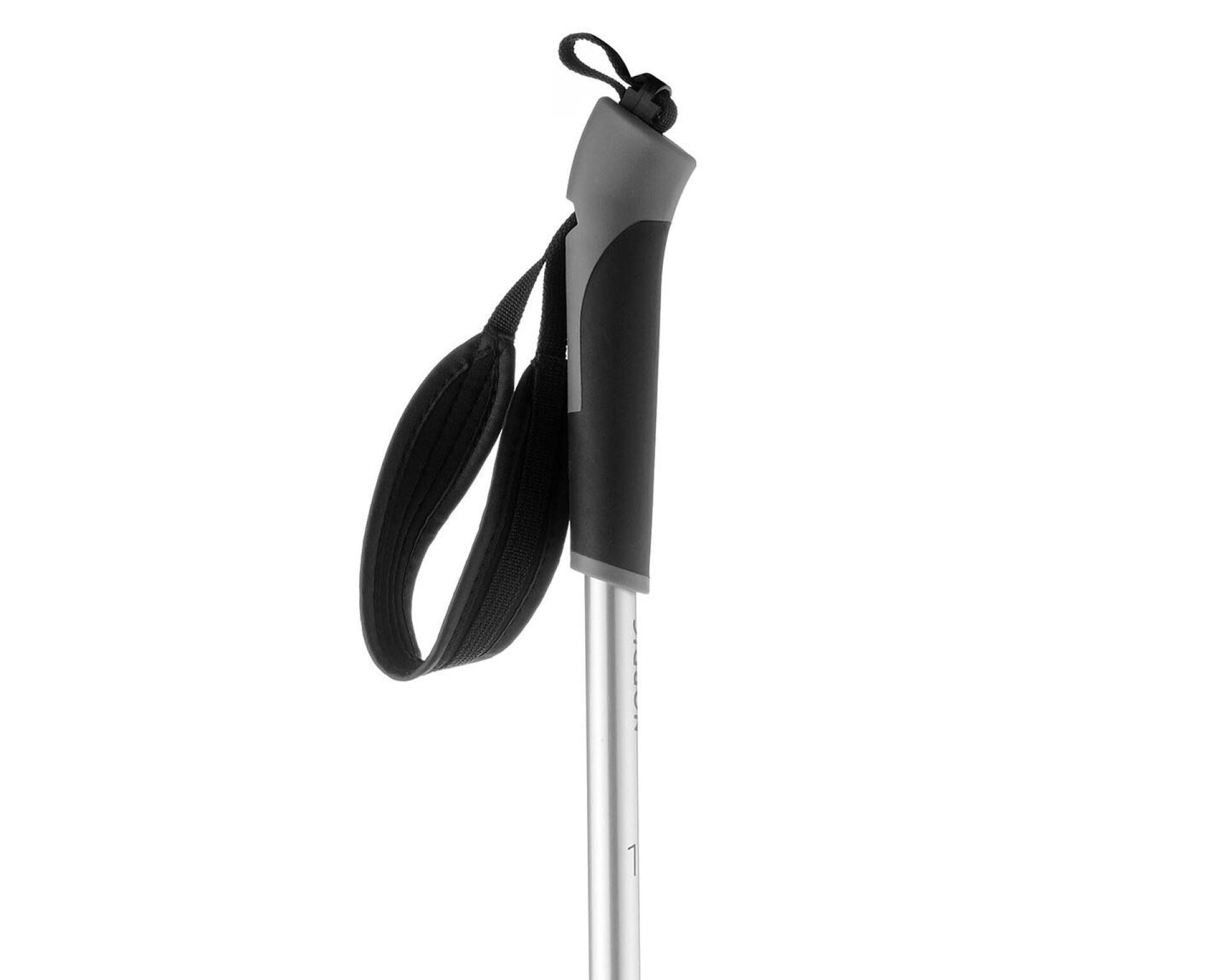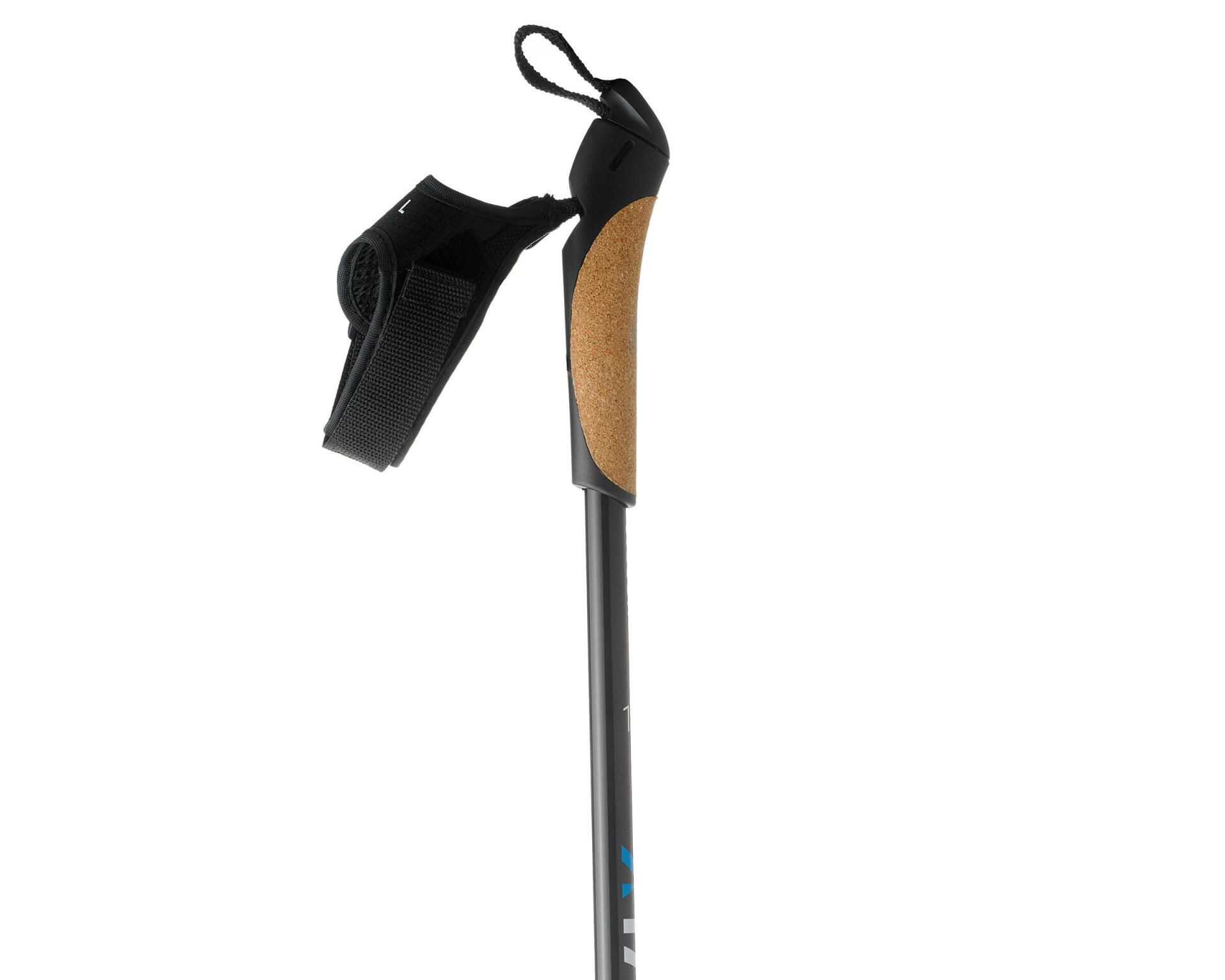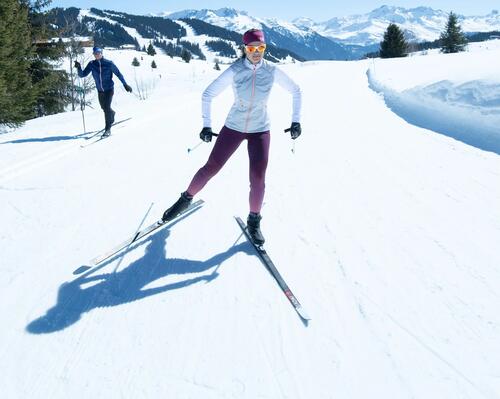How to choose and determine the sizing of cross-country skis: Your skill level
According to your objectives, your physical capacity for endurance or your technical expertise, you may practice cross-country skiing for either “leisure”, “sport” or “performance”.
That’s why it’s important to consider these criteria in order to determine your level of practice and identify the equipment you’ll need.








